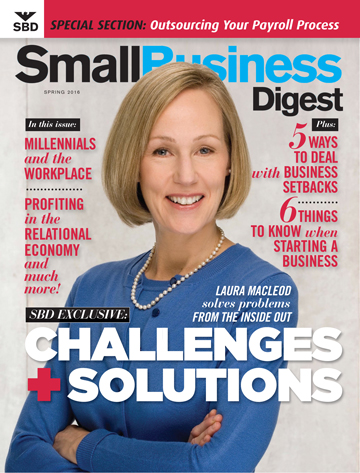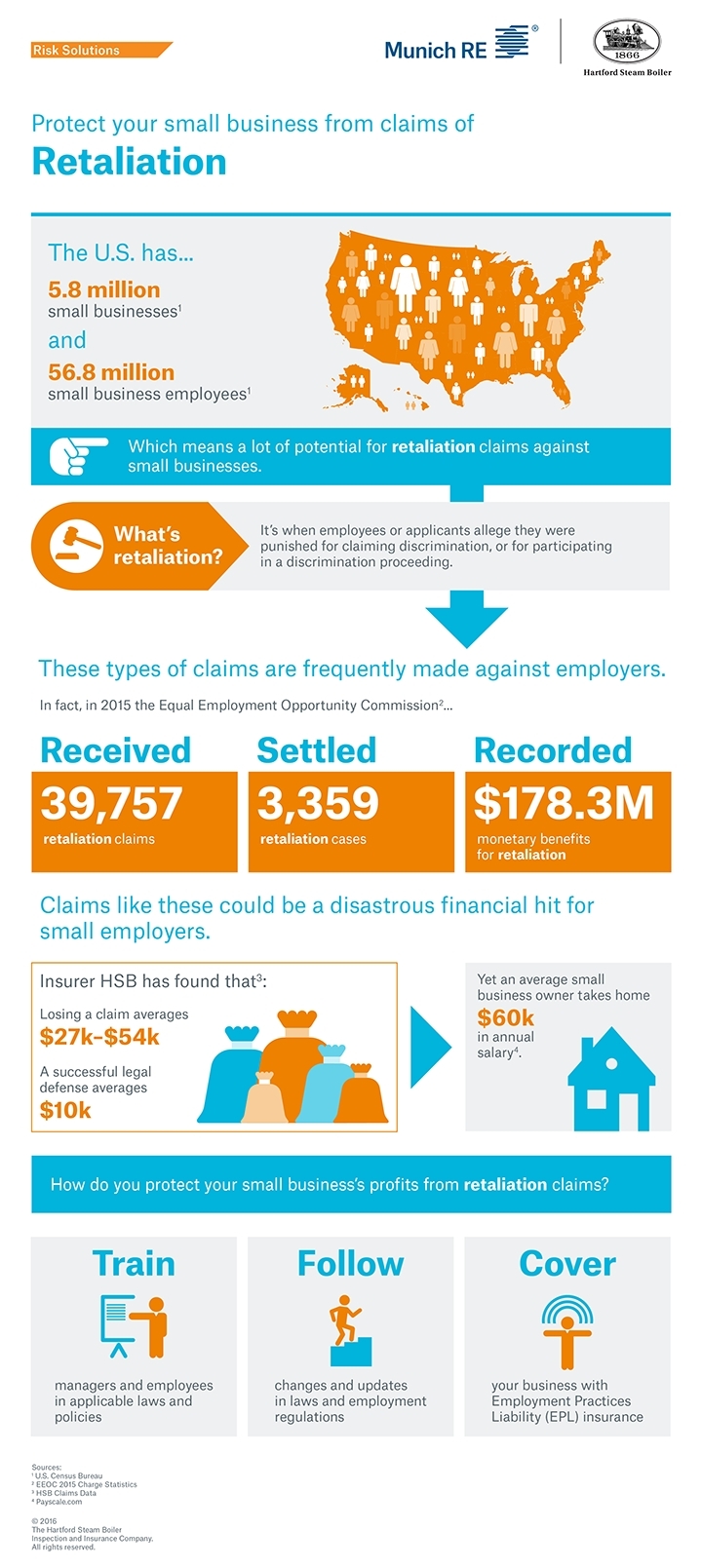Making Equity Crowdfunding Work for Your Business
Many companies get to a stage where they are looking for an injection of significant funding to drive meaningful growth.
The desired funding is frequently used to scale up marketing, or to build the next generation of a product or service.
 A lot of these companies try to get venture capital but just don’t succeed, regardless of their stage. They might not be in a hot enough sector, or they’re not growing fast enough, or they’re not far enough along. Sometimes they are not run by serial entrepreneurs, or they may face any number of other hard-to-overcome issues.
A lot of these companies try to get venture capital but just don’t succeed, regardless of their stage. They might not be in a hot enough sector, or they’re not growing fast enough, or they’re not far enough along. Sometimes they are not run by serial entrepreneurs, or they may face any number of other hard-to-overcome issues.
According to Alex Quilici is Chief Executive Officer of YouMail, Inc., a mobile telecommunication services company, the good news is that there are now viable alternatives to the standard VC route.
One he suggest is to try to crowdfundyour product— essentially pre-selling it to consumers by leveraging platforms such as KickStarter or IndieGogo. This can work, especially if you have a concrete product with a built-in audience. Some notable successes have included makers of gaming consoles and smart watches. Based on those crowdfunding successes, they were able to raise significant amounts of follow-on venture capital.
He also suggests another approach is equity crowdfunding, which involves selling ownership in the company itself to multiple investors by leveraging a crowdfunding approach. The basic difference is that the company is selling shares instead of a product.
Quilici suggests three things need to be factored in to an equity crowdfunding approach:
1) Know your target customer: What is the profile of an investor you’d want to buy shares in your company?
2) Make your offering maximally interesting to your customer: What would make it compelling for an investor to purchase shares in your company?
3) Find the best way to reach that customer: What platform or mechanism should you use to reach those investors?
Lessons Learned
Quilici’s company, YouMail, recently used equity crowdfunding to complete a $5.5 million Series B round of funding. Here are some important steps that made equity crowdfunding successful for the enterprise:
1) Identify Your Target Investor(s): We determined that our target customer would be investors who liked investing in consumer services they could use themselves; who were looking for meaningful returns (5x-10x) in a short time period (3-4 years); and who were risk-averse and didn’t want to invest in melting ice cubes – which are companies with a burn rate that have to spend money each month just to survive.
2) Ensure Your Company is Maximally Interesting to That Class of Investor: For us that meant becoming profitable and making sure we could demonstrate how that new investment could drive significant growth. Becoming profitable is often more easily said than done – we did it through relentless cost-cutting and patiently leveraging the natural growth rate of 30-40% we were seeing, even without spending anything on acquisition marketing. As we grew, we also did various marketing tests to understand how much growth we could drive with new investment.
3) Seek Help in Finding Investors. In the interest of speed – rather than spending months going through your network, you can leverage someone else’s. This helps minimize distractions. If you have a very small team, time spent chasing investors is not time spent growing the business. We considered the crowdfunding platforms that help find investors by using data mining on very large databases, and treating outreach for investors like a marketing campaign by e-mailing them, finding interest, and so on. We decided against using such a platform, however, as we just weren’t comfortable going wide with our financials, with our strategy, and with the details of our technology. The right approach was to hire a placement agent, Digital Offering, to manage the process. Digital Offering could leverage its Rolodex and crowdfunding platform to find the investors we were looking for, and they could help us set our terms for the financing without disclosing all our competitive plans.
In the end, this approach worked and enabled us to reach our targets, maintain our business metrics and keep strategy fairly confidential, while still getting to the right investors.
What Happens After Funding
While Quilici’s company has only been funded since March 2015, he says “it has already made a world of difference. We’ve been able to expand the team dramatically scale up our marketing, and even innovate with technology. We just launched a new feature to our voicemail service that can automatically detect and block spam callers, something that was previously impossible to do with our small development team.”
Finally, Quilici believes “equity crowdfunding can opened up new opportunities that are unavailable through the traditional path of VC funding. Sometimes it makes better sense to bypass the middlemen and take the road less traveled to find a broader range of investors who fit your ideal profile.”
About the Author:
Alex Quilici is Chief Executive Officer of YouMail, Inc., a mobile telecommunication services company. Previously, Quilici served as Vice President of AOL Voice Services, where he was instrumental in growing the unit to more than one million paying customers.




